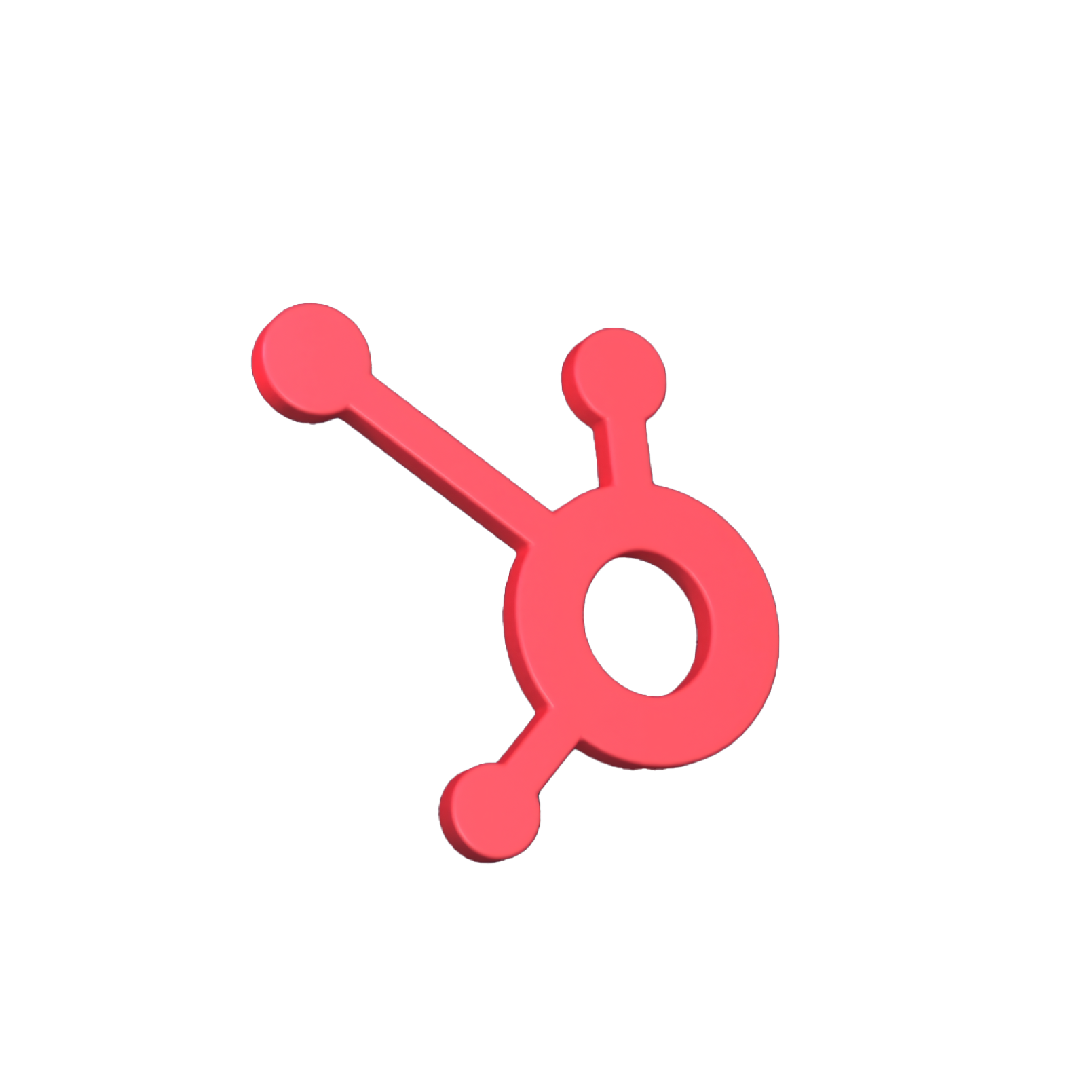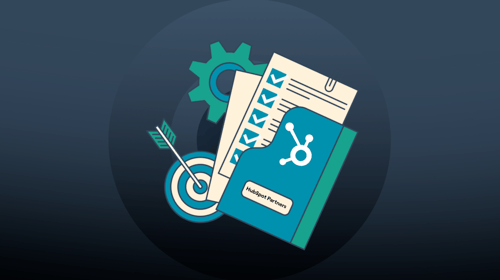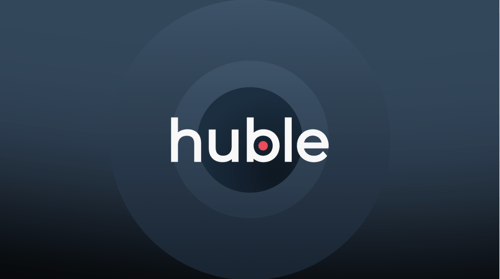“Nobody ever got fired for buying IBM”
If you’ve been working in technology for the last three or four decades, you’ve probably heard the phrase: “Nobody ever got fired for buying IBM”.
Between the 1960s and 1970s and – to an extent – a little after that, IBM’s mainframe was the dominant computing platform. It was the go-to solution for large IT projects due to its quality, scale and recognition. For many, it was the safe, logical choice and it often guaranteed the success of a project.
No other platform came close.
However, the fact that it was a safe, logical choice is important because for IT managers then (in the early days of modern computing), large IT projects came with an incredible degree of risk.
You have to bear in mind that technology was still finding its footing, and IT managers back then were determining the best way to go about building a business’ IT infrastructure (shouldering all of the responsibility in the process).
Failure often meant heads would roll – starting with the IT manager – so it made sense for IT managers to go with IBM: they were the market leader, their platform was tried-and-tested, and it added an extra layer of insurance.
There were, of course, other solutions, but IBM’s market dominance, quality, success and widespread advertising meant that businesses rarely looked elsewhere.
Fast-forward to today and things have changed; there are numerous players, all of whom offer incredible products and services. The market is much more competitive, making it difficult to navigate, and buyers must carefully research the options available.
Dominance is now difficult to find but, in the customer relationship management (CRM) space, one vendor has controlled the market for the last two decades.
We’re talking about Salesforce.
Salesforce’s market dominance
Salesforce, like IBM, has always been a ‘safe bet’ for businesses: it’s powerful, enterprise-scale, recognised globally and has been around for so long that it’s practically part of the furniture. In fact, you’d struggle to find a large business that doesn’t use it.
It quickly became the go-to CRM solution because it was one of the first businesses to build a CRM in the Cloud (every other alternative was still on-premise at the time, so Salesforce was quickly adopted by forward-thinking business leaders).
However, whilst Salesforce was leaps ahead for its time, some of its success has to be attributed to its amazing customer service (for which it is recognised) and growing suite of solutions. Over the last decade, Salesforce has quickly advanced beyond a “Rolodex on steroids”; the brains behind the platform realised that CRM is so much more than just managing deals in a pipeline – it’s also about marketing to the customer, communicating with them and servicing them through to a point of purchase. With this in mind, Salesforce has evolved from being a “pure” solution for sales teams to a suite of business solutions.
Now, there are many other platforms like Salesforce. These platforms, while not exactly the same, also started out like Salesforce did and have also, over time, recognised the need to have a “full suite” of tools.
Consequently, we’re now at a point where the market has several options in the CRM space, options that are not solely CRM solutions.
What we’re trying to say is: Salesforce is no longer the only safe choice.
And one enterprise solution businesses should consider is HubSpot, especially if they are looking to grow every facet of their operation.
HubSpot, a competitor to Salesforce
HubSpot has grown astronomically since its inception in 2006. Originally an online marketing platform, HubSpot has become an all-in-one tool for marketing, sales, customer service, customer relationship management and business growth.
And this is crucial if we think about the current state of the marketplace.
With all the different channels through which potential prospects can find and engage with a business, having a single view (or a ‘single source of truth’) is what will enable businesses to hone their efforts, identify paths to purchase, tailor interactions and remove friction from the experience.
Indeed, businesses must be in a position to do all of the above, especially as the number of ways through which people can find and engage with a business will only continue to increase as the digital space becomes ever more diverse.
HubSpot occupies a very unique and interesting position in this regard. If you look at this report from G2 Crowd, you’ll see that Salesforce is no longer the only ‘leading’ CRM platform; HubSpot is close behind, followed by ActiveCampaign and Freshsales.

But the fact is that HubSpot and Salesforce are the clear frontrunners. Every other solution is quite a way off in terms of functionality.
Now, an important thing to bear in mind here is that whilst this graph focuses on CRM platforms, both HubSpot and Salesforce are so much more. HubSpot, for example, includes tools for:
Also, as it stands, over 78,700 businesses in more than 120 countries use HubSpot’s software, services and support to transform their activities and grow their business.
But what about Salesforce?
Salesforce offers several additional solutions, including tools for service, marketing, commerce, engagement, analytics, productivity, enablement and much more – but, as a result, the software costs quickly escalate. The other thing to bear in mind is that with all these separate tools, there’s often a need to invest in other integrations to make them work together.
What does this mean for you?
We’re not saying buy HubSpot. What we’re saying is that you need to be investing in a solution that enables you to easily and cost-effectively connect all of your activities. HubSpot just happens to be really damn good at it – and has one of the most advanced Application Programming Interfaces (APIs) available, making it super easy to integrate into other business systems.
For example, when you buy Salesforce, you need to buy Sales Cloud, Service Cloud, Marketing Cloud, Social Cloud, Ad Cloud and so on, to enable you to market, sell and engage with customers effectively. This can cost a considerable amount when compared to something like HubSpot’s Growth Suite, which has all the tools a business needs to grow.
So when you think about the strategic value of each solution, it’s crystal clear that what HubSpot offers – out of the box – is far more compelling. It requires less upfront investment, is easier to use, is flexible, has everything you need and can contend with the big dogs. This same thought process needs to be applied to any solution you choose.
(P.S. If you’re already using Salesforce and want a solution to support your marketing and website development, HubSpot integrates seamlessly with it.)
So what should you do?
Do your research. The market is full of excellent options that can help take your activities or entire business to the next level, so don’t feel as though you have to go with the most recognised solution. If tech has shown us anything, it’s that there are comparable (if not better) options out there if you are willing to have a look around.
If you’re interested in finding out more about HubSpot’s Growth Suite and what it can do for your business, we recommend checking out our recent post: Is HubSpot suitable for Enterprise companies?










-3.png?width=500&height=320&name=Matt%20-%20imagery%20bank%20(8)-3.png)

